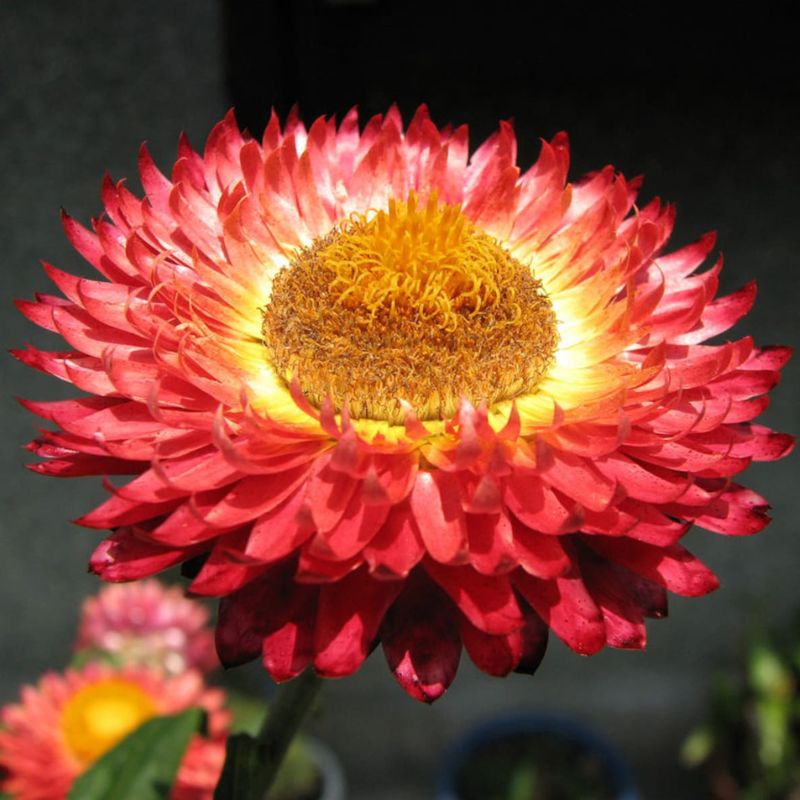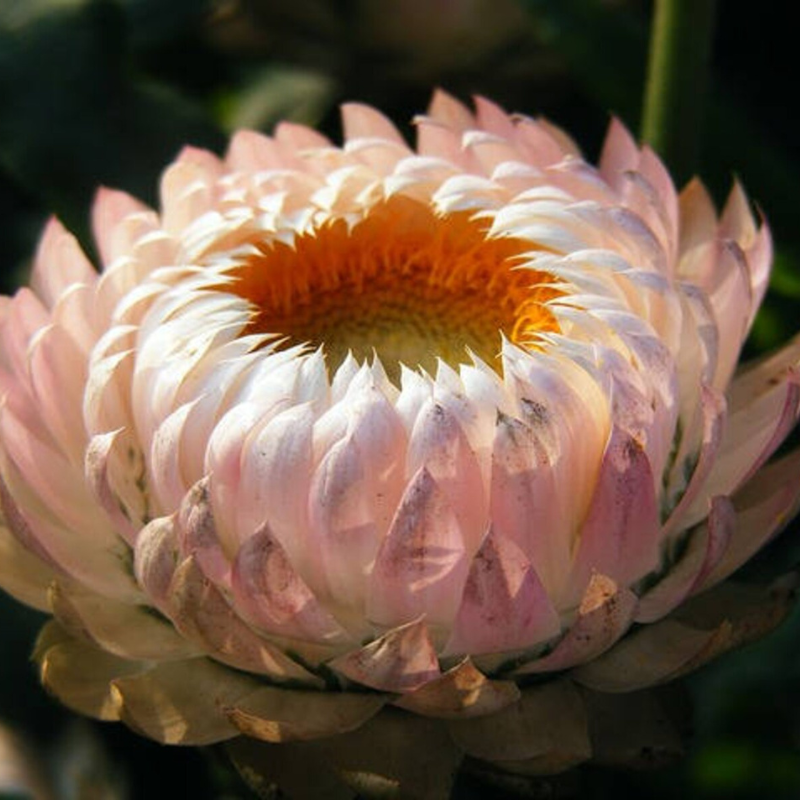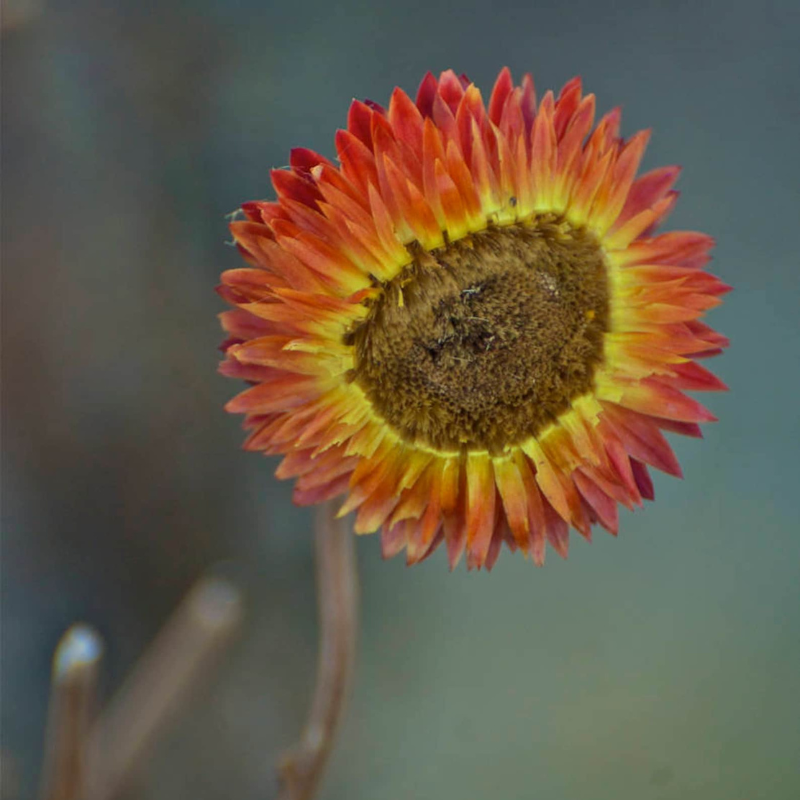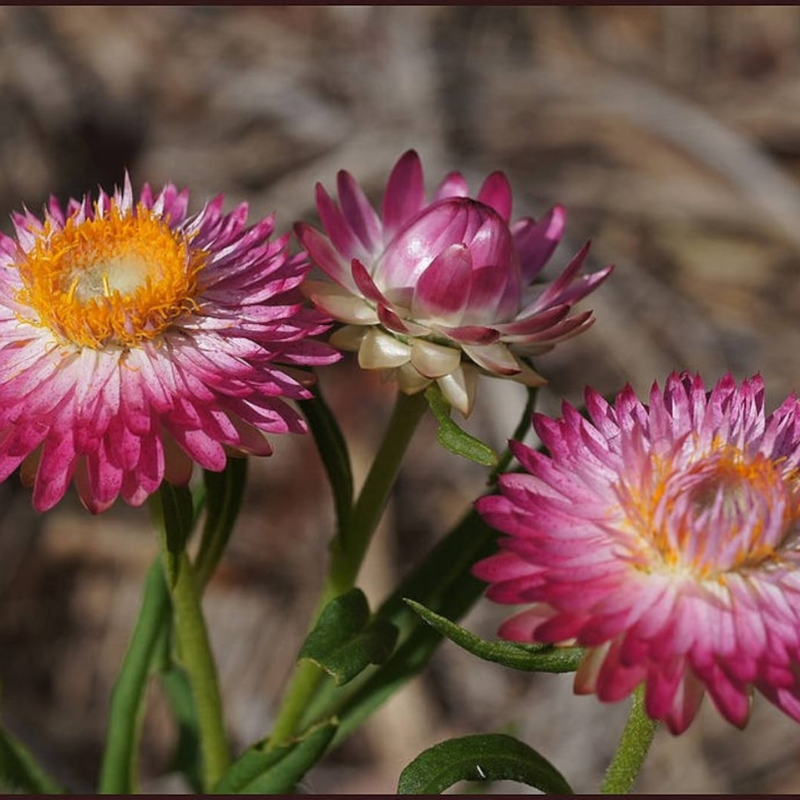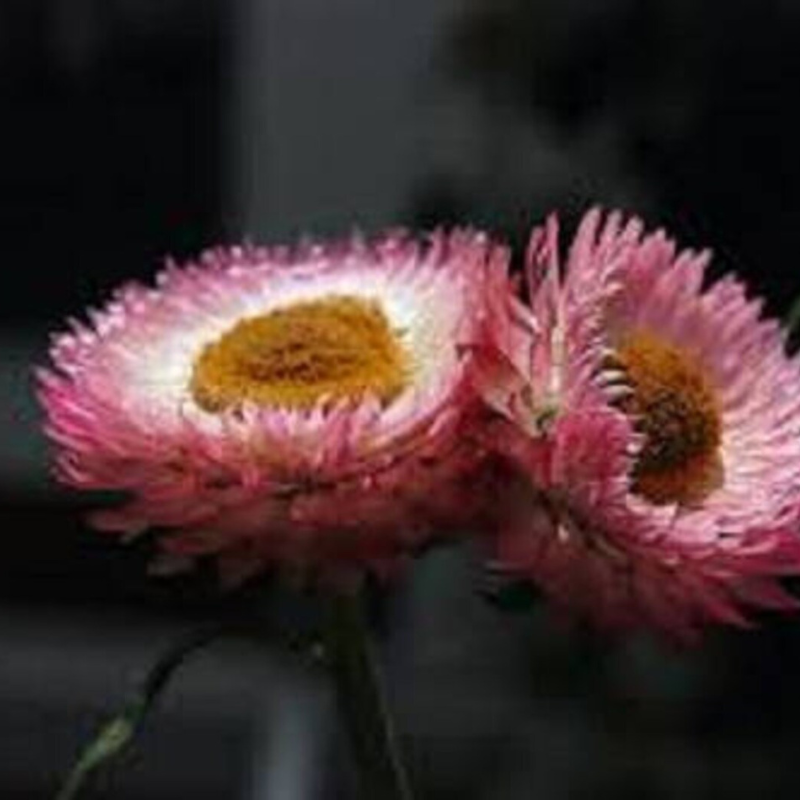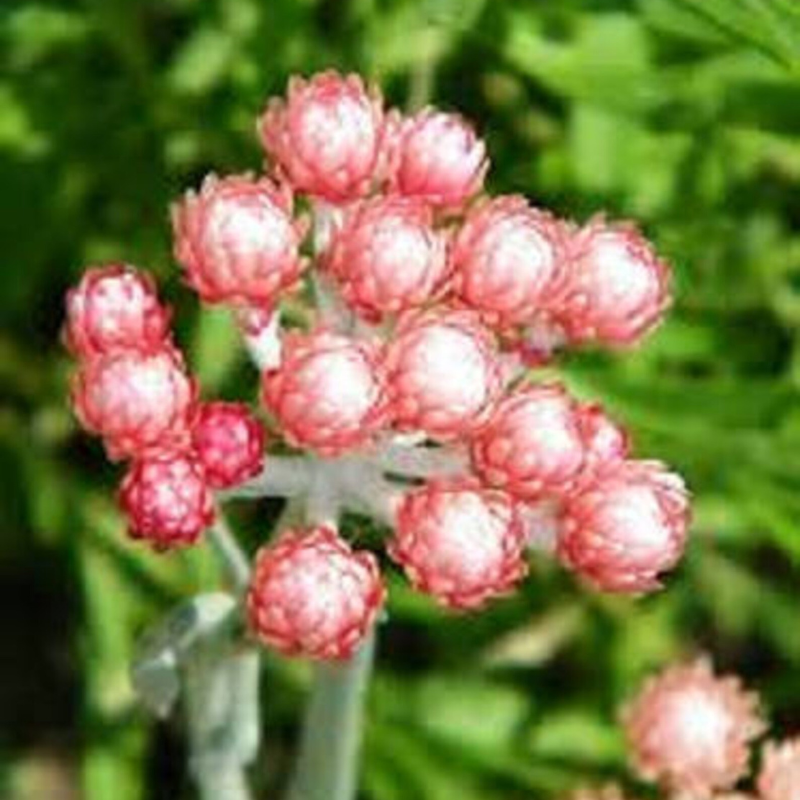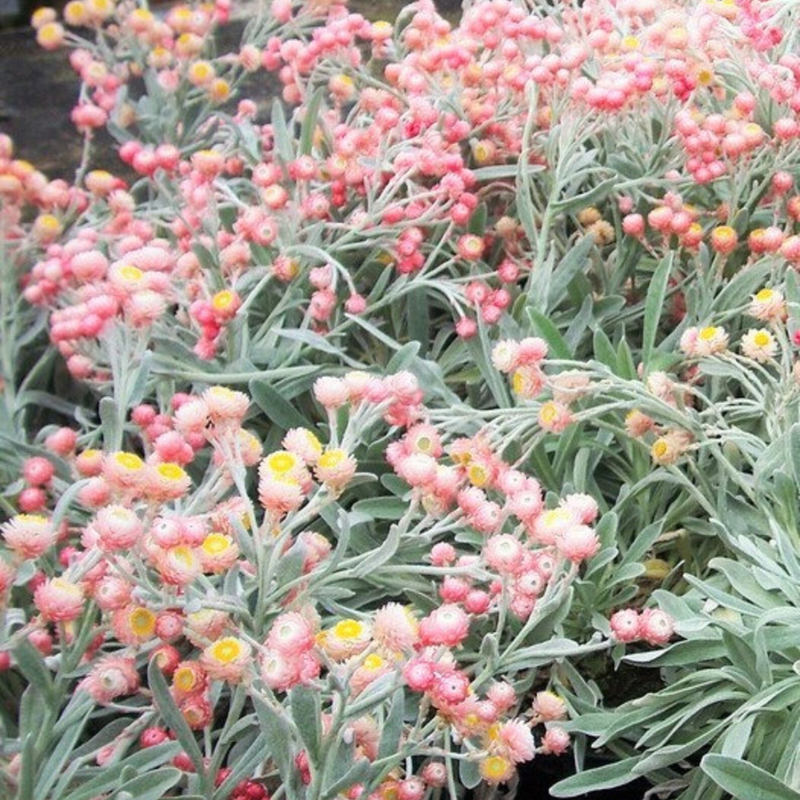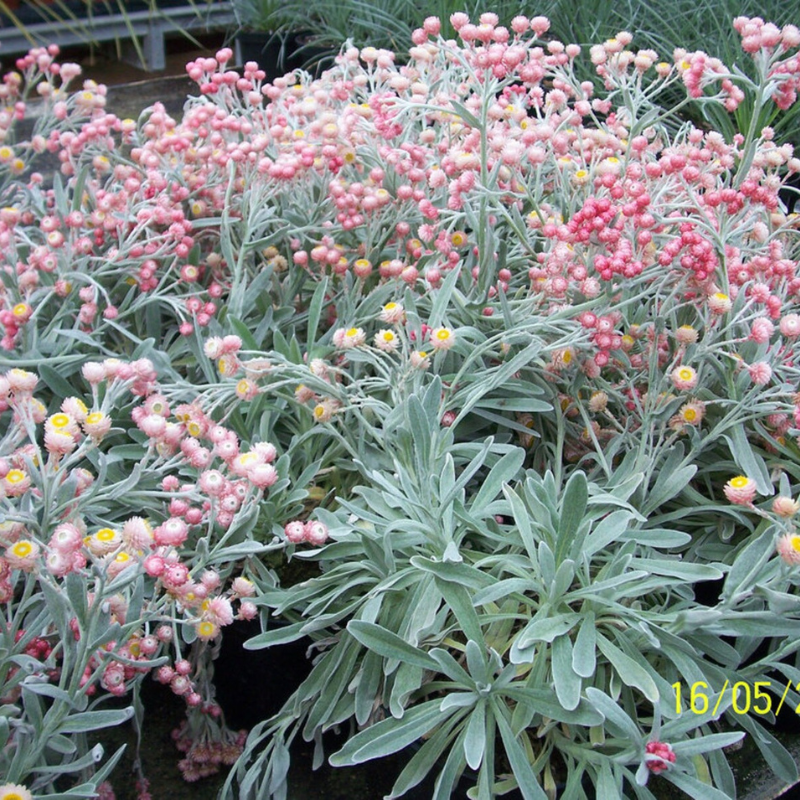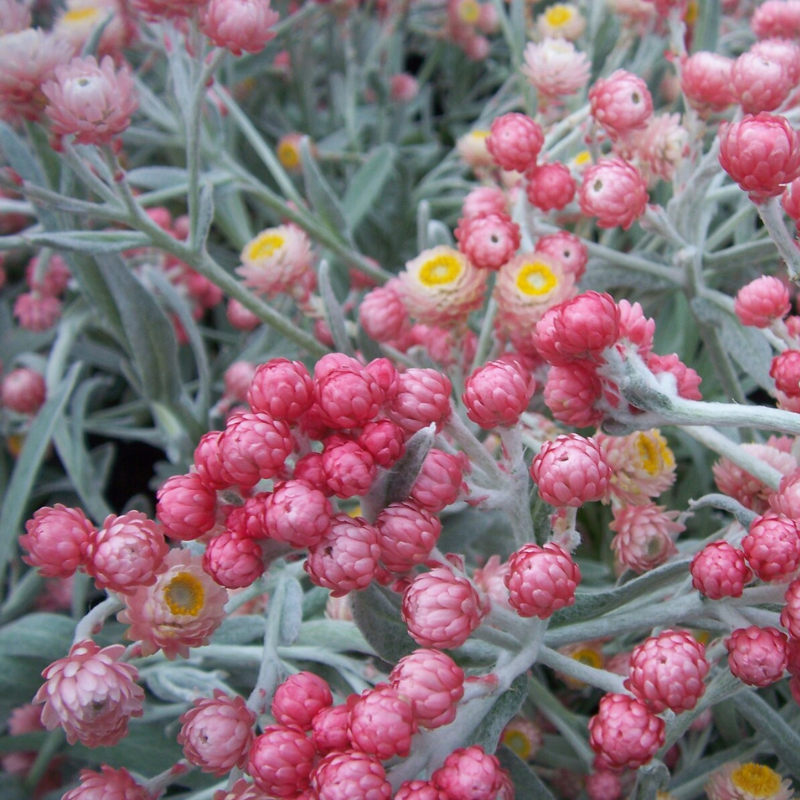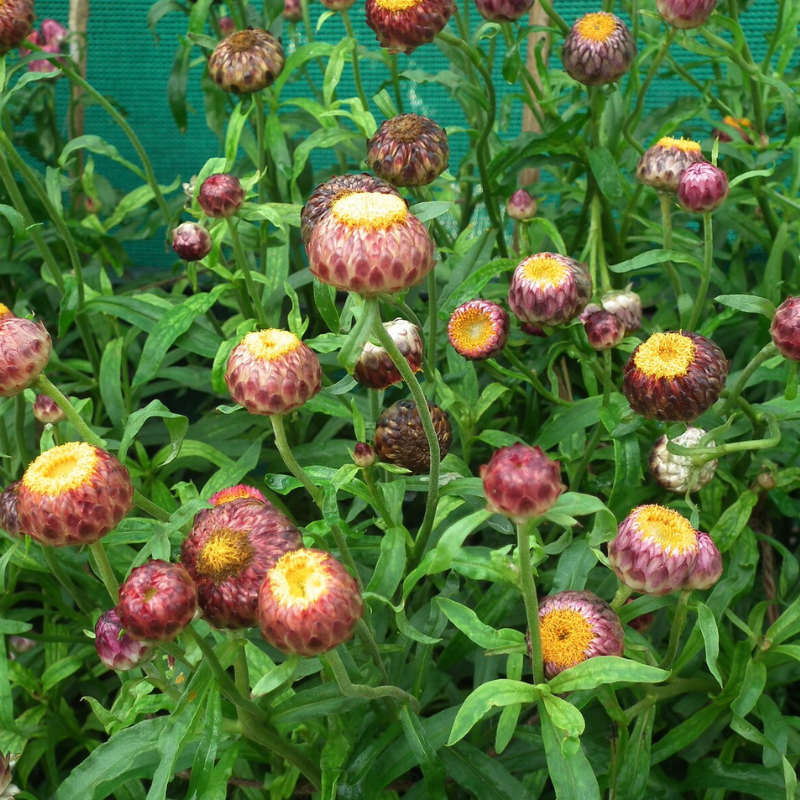- Historical context: Strawflowers, also known as Helichrysum bracteatum, are part of the Asteraceae family. They have been cultivated for their unique, papery flowers that retain their color and shape when dried.
- Geographical origination: Strawflowers are native to Australia, where they grow in a variety of habitats including grasslands and open forests.
- Relevant cultural significance: Strawflowers have been popular in dried flower arrangements and crafts due to their long-lasting nature. They are often used in wreaths, bouquets, and other decorative items.
- Time period of discovery: Strawflowers were first described scientifically in the early 19th century.
- Original habitat: They thrive in sunny, well-drained areas and are commonly found in the wild in Australia.
- Notable historical uses: Historically, strawflowers have been used primarily for ornamental purposes, especially in dried flower arrangements.
- Ideal temperature range: Strawflowers prefer temperatures between 65-75°F (18-24°C).
- Soil type: They thrive in well-drained, sandy or loamy soil with a pH range of 6.0 to 7.5.
- Sunlight requirements: Full sun is ideal for strawflowers, as they need at least 6-8 hours of direct sunlight daily.
- Watering needs: Moderate watering is required. The soil should be kept moist but not waterlogged. Overwatering can lead to root rot.
- Planting season: Plant seeds in the spring after the last frost, or start them indoors 6-8 weeks before the last expected frost date.
- Germination time: Seeds typically germinate within 7-14 days under optimal conditions.
- Growth cycle duration: Strawflowers are annuals, completing their life cycle in one growing season.
- Common pests and diseases: Aphids, spider mites, and powdery mildew are common issues. Regular monitoring and appropriate treatments can help manage these problems.
- Companion planting advice: Strawflowers grow well with other sun-loving plants like marigolds, zinnias, and cosmos. They can also attract beneficial insects to the garden.
- Common challenges and solutions: Overwatering and poor drainage can cause root rot. Ensure proper soil conditions and avoid excessive watering. Pests like aphids can be managed with insecticidal soap or neem oil.
- Nutritional values: Strawflowers are not typically consumed, so they do not have notable nutritional values.
- Health benefits: While not used for health purposes, the presence of strawflowers in a garden can contribute to mental well-being by enhancing the aesthetic appeal and providing a sense of accomplishment.
- Culinary uses: Strawflowers are not used in culinary applications.
- Medicinal uses: There are no significant medicinal uses for strawflowers.
- Other unique advantages: Strawflowers are prized for their long-lasting blooms, which retain their color and shape when dried. This makes them ideal for crafts and decorations. They also attract pollinators like bees and butterflies, contributing to a healthy garden ecosystem.
